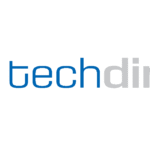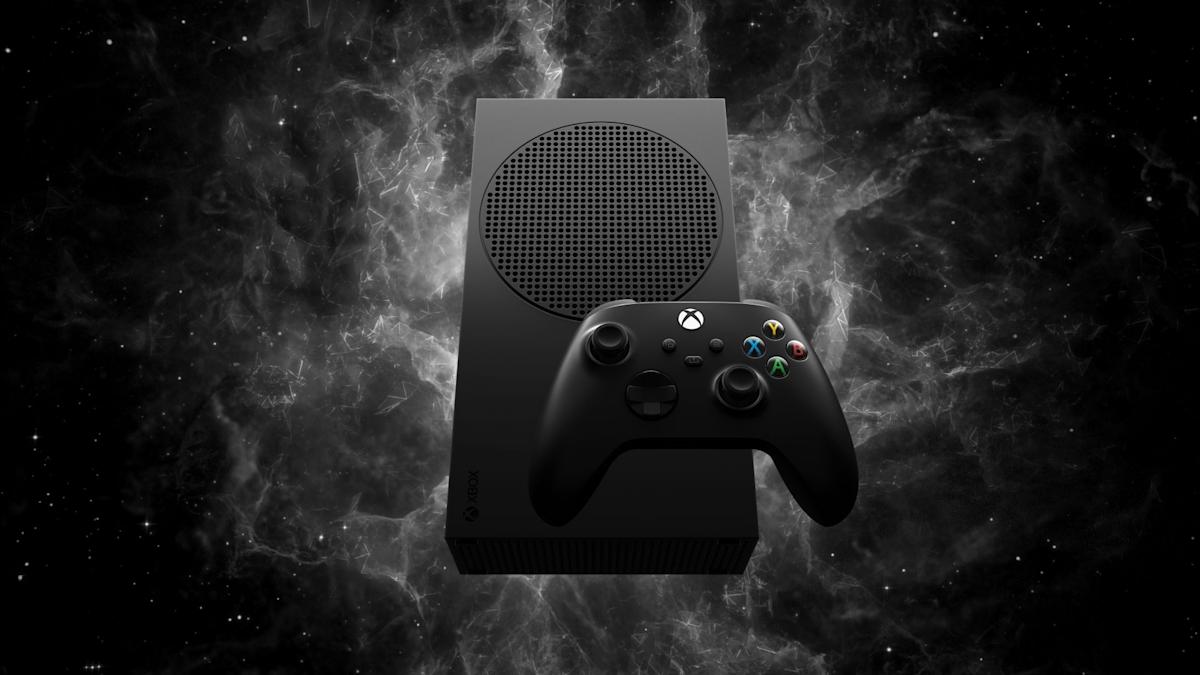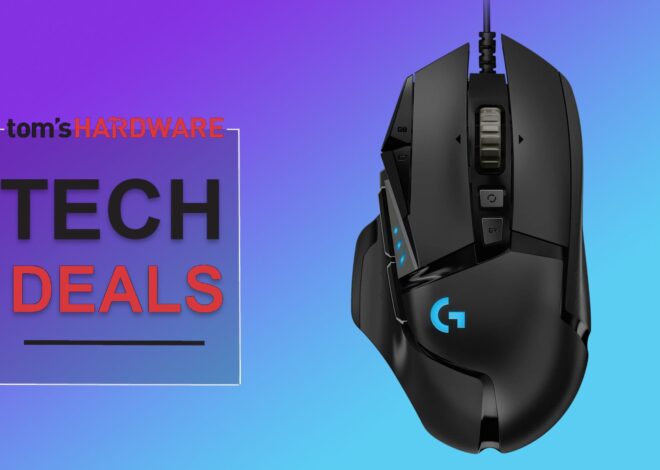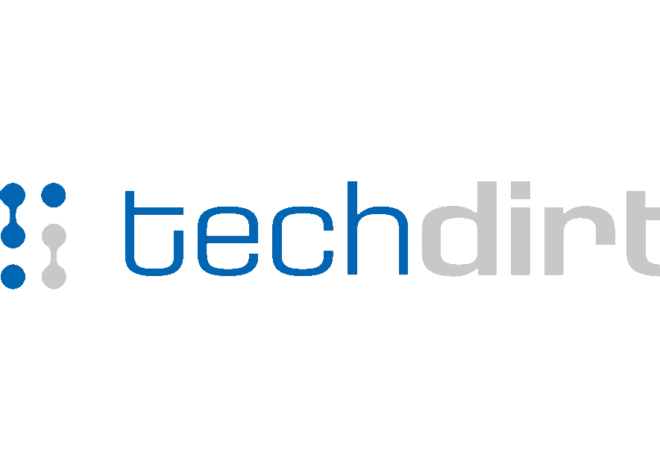Microsoft has no plans to get out of the console business anytime soon. The company has been reiterating for a while that it’s going to make at least one more generation of Xbox consoles. It’s now been confirmed that AMD will power the upcoming hardware, .
Xbox president Sarah Bond made the announcement in . Under the multi-year partnership, Xbox and AMD are “advancing the state of art in gaming silicon to deliver the next generation of graphics innovation; to unlock a deeper level of visual quality; and immersive gameplay and player experiences enhanced with the power of AI, all while maintaining compatibility with your existing library of Xbox games,” Bond said.
A leaked presentation from May 2022 (which was part of the massive Xbox leak the following year) indicated that Microsoft had yet to make a decision about the processor and GPU for the next Xbox console(s), suggesting in one slide that it planned to strike an agreement with AMD to supply those and in another that it yet had to make an “Arm64 decision.” As we now know, the company is doubling down with AMD.
On the surface, the AMD agreement is the main news coming out of Bond’s announcement. But, if you read between the lines, there are lots of other interesting details to tease out from what she said in the short video.
For one thing, the AI aspect of Bond’s carefully crafted statement lines up with details in the leak (and ) about Microsoft embracing artificial intelligence and machine learning in future Xbox games, including for things like AI agents. So the company is likely to keep going down that path.
Bond said that Microsoft and AMD will “co-engineer silicon across a portfolio of devices including our next-generation Xbox consoles, in your living room and in your hands,” implying that the company is planning more handhelds beyond the that are coming later this year. Those are also powered by AMD.
In addition, Bond said the next-gen of Xbox devices will maintain “compatibility with your existing library of Xbox games.” Xbox has made a commitment to backward compatibility, but that’s still welcome to hear.
Those are fairly interesting nuggets, no doubt, but there were two other things Bond said that I think are starting to shed more light on the future of the Xbox ecosystem. First, she said that her team is “building you a gaming platform that’s always with you, so you can play the games you want across devices anywhere you want, delivering you an Xbox experience not locked to a single store or tied to one device.”
That “single store” phrasing is a chin stroker, especially in light of the new user interface Xbox is making for the ROG handhelds. The Windows-powered devices won’t only allow users to play games from the Xbox PC app, Xbox consoles via remote play and the cloud. They’ll integrate games from other PC storefronts, such as Battle.net (which is run by Microsoft-owned Activision Blizzard), Steam, GOG and more. Game Pass Ultimate and PC Game Pass users have long as part of their subscriptions. Ubisoft+ is .
Perhaps this concept of not being “locked to a single store” will start to work in other ways. Valve said a few years ago that it would be happy to , for instance. Likewise, Microsoft has said it would Steam and the Epic Games Store app onto its PC app store (though Valve and Epic probably wouldn’t want to give Microsoft a cut of game sales). Maybe we might finally see those come to fruition in the next few years.
But how might those integrations work on an Xbox console? Bond hinted at that too. She said Xbox is “working closely with the Windows team to ensure that Windows is the number one platform for gaming.”
Sure, that could be a reference to PC gaming. But Bond didn’t explicitly state that, which has me wondering if the next Xbox console might be more of a Windows PC that sits under your TV. That would align with a few months back by Jez Corden of Windows Central, who the next Xbox is “a PC, in essence, but with a TV-friendly shell.”
As with the likes of the Steam Deck and other handheld PCs, this would potentially give game developers a specific set of specifications to work with (though ensuring their games are optimized for as many desktop and laptop configurations as possible will still be a complex task). Perhaps the user interface Xbox is debuting on the Ally X devices is a sign of things to come on larger displays.
Moreover, the Xbox and Windows teams are stripping out unnecessary aspects of the operating system in the Xbox Ally handhelds to make them run more efficiently. What’s to stop them from doing the same in the next Xbox console? That could enable Xbox to offer a more unified ecosystem across all platforms, while streamlining things for developers who want to make games for both PC and Xbox. Don’t forget that Microsoft has been making a real effort to on ARM-based processors as part of its Copilot+ PC push.
We might have to wait two or three more years to get a fuller sense of Microsoft’s vision for the future of Xbox consoles. But it certainly has the opportunity to knit its platforms more closely together and make playing Xbox (and PC) games across devices a more seamless experience.







